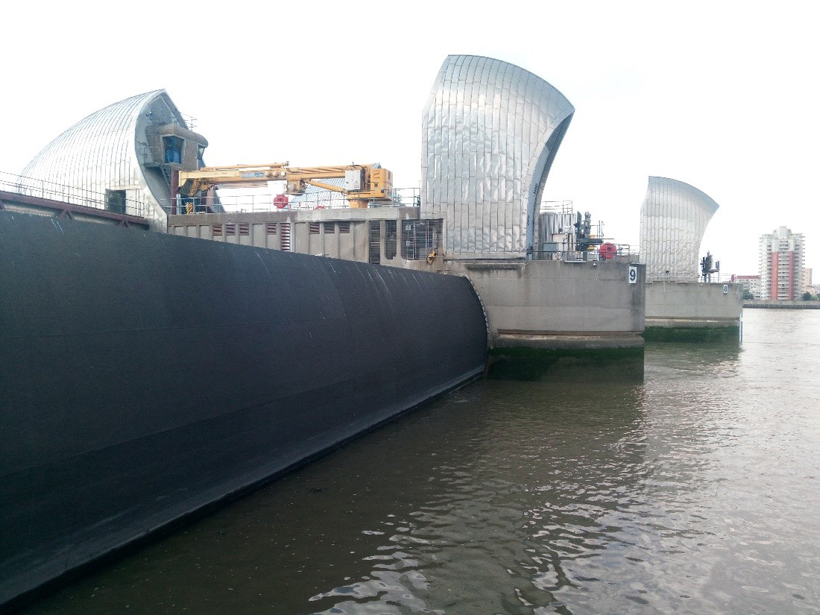The size of tides has changed in the past and will continue to change in the future due to natural and anthropogenic influences on estuaries, coastlines, and near shore regions.
I. D. Haigh
Orcid ID: 0000-0002-9722-3061
Posted inFeatures
When Environmental Forces Collide
Multiple factors often interact to amplify the effects of severe storms, droughts, and other extreme water-related events.


